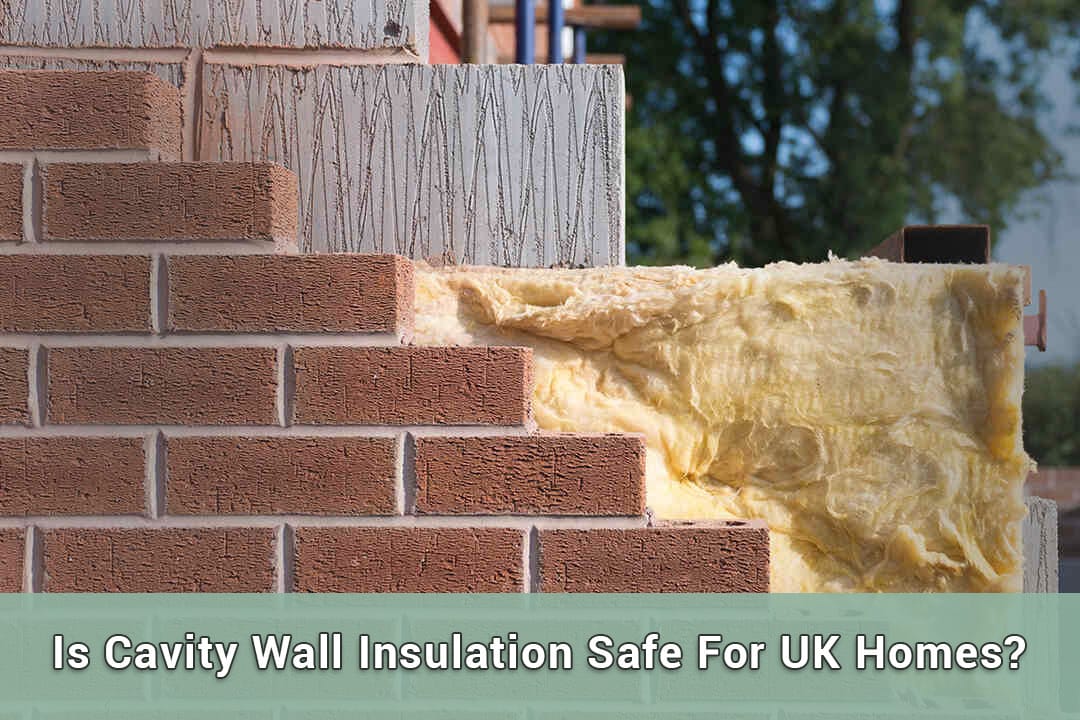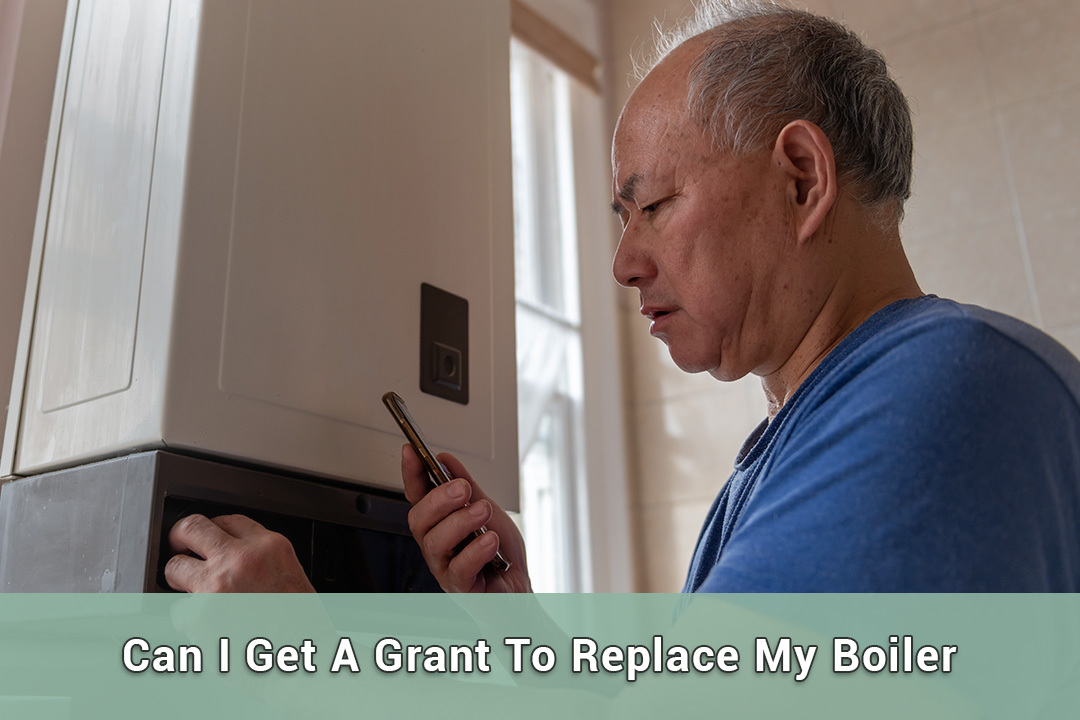Table of Contents
Keeping homes warm without insulation is heavy on the pocket. Never having insulation before is a serious concern. There could be many reasons, including safety, costs, and effectiveness. When it comes to insulating a loft, questions arise. Do I need it? Is cavity wall insulation safe?
The answers to these concerns are addressed in this blog. We’ve started with the basics and then moved on to the specifics. Read on and learn more!
What’s cavity wall insulation?
Cavity wall insulation is a way to keep your house warm. Is cavity wall insulation safe? Firstly, this type of insulation fills the gap between two walls. These walls are like the bread of a sandwich. Secondly, the filling is usually foam or wool so without a doubt cavity wall insulation is safe and stable. Moreover, this filling stops heat from escaping, so it can save money on heating bills. On top of that, it’s good for the environment. It makes homes cosy and snug.
How does cavity wall insulation work?
Cavity wall insulation works by trapping air. Imagine two walls with a space in the middle. This space is the cavity. Now, when you fill this cavity with insulation material, it traps air. Why air? Because air is a poor conductor of heat. So, the trapped air stops heat from passing through the walls. This means your house stays warmer in winter and cooler in summer. Simple, right?
What Materials Are Commonly Used For Cavity Wall Insulation?
For cavity wall insulation, several materials are popular. Firstly, there’s mineral wool. It’s fluffy and thick, like cotton candy. Secondly, foam is used. It expands to fill the space, like whipped cream. Also, people use polystyrene beads. They’re tiny balls that pour into the cavity. Moreover, some prefer natural materials like sheep’s wool. It’s eco-friendly. Lastly, recycled materials can be used too, turning old stuff into new insulation.
Is cavity wall insulation safe?
Cavity wall insulation boosts home energy efficiency and is generally considered safe. Safety depends on using modern, harmless materials and expert installation. Before installing, check the walls for defects to prevent moisture problems. Also, consider the age of the insulation; older materials may not meet current safety standards. So if someone asks you if cavity wall insulation is safe, for sure you should reply to them that is without a doubt a safe option. But to explore more options, have a professional assess your home’s suitability and follow safety guidelines. This ensures correct installation and prevents issues like dampness or damage.
What makes cavity walls safe?
Cavity walls are safe when they’re built and maintained correctly. Here are the signs of a safe cavity wall:
- Good Masonry Condition: First, the two walls (called wythes) that make up the cavity wall should be in good shape. This means no cracks or breaks.
- Dry and Clean Cavity: Next, the space between the walls (cavity) should be dry and clear of any debris. This prevents moisture build-up and allows for proper insulation.
- Proper Insulation: If your cavity wall has insulation, it should be a high-quality material like foam or mineral wool. The insulation should be installed correctly, without mould or damage.
- Effective Moisture Barrier: The cavity should act like a shield, stopping moisture from getting through the outer wall and into the inner wall.
- Thermal Insulation: The air gap in the cavity wall helps insulate your home, keeping heat in during winter and out during summer. This works even better if the cavity is filled with modern insulation materials.
How do design and maintenance keep cavity walls safe?

Two key things keep cavity walls safe: how they’re built (design) and how they’re cared for (maintenance).
- Design: A cavity wall is basically two separate walls with a small space between them, typically less than 4 inches wide. This space can be filled with insulation for better temperature control.
- Maintenance: To keep your cavity walls safe, you should regularly check for damage, make sure the cavity stays dry and clear, and inspect the condition of the insulation.
Regular inspections and maintenance are important to prevent problems that could make cavity walls unsafe and ineffective. If you’re thinking about adding insulation to your cavity walls, it’s important to meet specific requirements to ensure a safe and effective job.
How do I know if my house has safe cavity walls?
To see if your house walls can take insulation, start by looking at the outside walls. If the bricks line up neatly, you’ve got cavity walls. Then, search for small, sealed holes in the wall’s grout—these are clues of previous insulation jobs. Next, consider getting a professional. They use a special camera to check inside the walls. Also, peek around electrical boxes for any fluffy insulation. Lastly, try removing a baseboard; you might catch a glimpse of insulation there.
Be careful while checking to avoid damage. Lastly, for a complete and safe evaluation, it’s wise to call in a professional. They’ll confirm if your walls are fit for insulation and if the current insulation is up to par.
What are the benefits of cavity wall insulation?
Cavity wall insulation saves energy. It keeps your house warm in winter. It keeps it cool in summer. Secondly, it reduces your heating bills. Next, it cuts down on carbon dioxide emissions. Additionally, it increases your home’s value. Lastly, it reduces condensation inside the house. Simple, isn’t it?
What are the costs of cavity wall insulation?
This question can be redundant as the government of UK is offering free insulation grants. It offers free boilers, heat pumps, and, of course, free insulation. The answer to this question can give you an idea of how much you can save with the grant.
After getting the answer to the query “is cavity wall insulation safe, let’s delve into costs of this insulation. The average cost is between £475 and £800. A small flat may cost around £350, while a big house can cost up to £1,500. Next, the Energy Saving Trust says the average cost for a detached house is £725. For a semi-detached house, it is £475, and for a mid-terrace house, it is £370.
Also, you might pay around £30 – £65 per square meter for polyurethane foam. Glass wool is cheaper at about £25 – £30 per square meter. According to experts, the average cost ranges from £15 to £30 per square meter. The most expensive options are PUR and Sheep’s Wool, which both cost between £25 and £35 per square meter.
Here’s a breakdown of what you can expect to pay for cavity wall insulation in the UK:
Property Type | Average Cost (sq m) |
Detached House | £30 – £65 |
Semi-detached House | £25 – £40 |
Terraced House | £25 – £35 |
Flat (Shared with Neighbor) | Can be lower due to shared costs |
Remember, these are just estimates. The actual cost can vary. You should get 3-5 estimates before hiring a contractor. Costs can add up fast, especially if you’re new to this. It is best to hire a licensed and insured contractor for the job.
How long does it take for the benefits to show after installation?
Cavity wall insulation has many benefits. First, cavity wall insulation is safe. You will feel your home becoming warmer and more comfortable almost immediately after installation. You can expect to recover the cost through lower heating costs and energy bill savings in a few years.
According to the Energy Saving Trust, cavity wall insulation could pay for itself in less than 5 years. So, you will start saving sooner and get a great return on your investment.
However, remember these are just estimates. Actual savings can vary based on your home’s size, age, and location.
What maintenance is required after cavity wall insulation?
Cavity wall insulation is safe. But generally, it is a fit-and-forget option. However, there are a few things you can do to ensure it continues to perform optimally:
- Ventilation: Firstly, improving ventilation in your home is important.
- General Property Upkeep: Secondly, staying on top of general property upkeep will ensure your energy-efficient home continues to perform as expected.
- Cavity Barrier Maintenance: Next, after installing your cavity wall insulation, ensure cavity barriers, which prevent fire from spreading within the cavity, stay intact and functional.
- Yearly Checks: Lastly, inspect your brickwork annually, ensuring the small holes filled post-installation remain sealed. Also, check for any signs of moisture or dampness.
Remember, proper maintenance can help prolong the life of your insulation and keep your home comfortable and energy-efficient.
Bottom line
Undeniably, cavity wall insulation is safe. It fills the air gap between your home’s inner and outer walls. This simple addition acts like a thermal blanket, trapping heat inside and keeping your home cosy. The result? Lower energy bills and a more comfortable living environment. So, if you’re looking for ways to improve your home’s energy efficiency and save money, cavity wall insulation is definitely worth considering.






